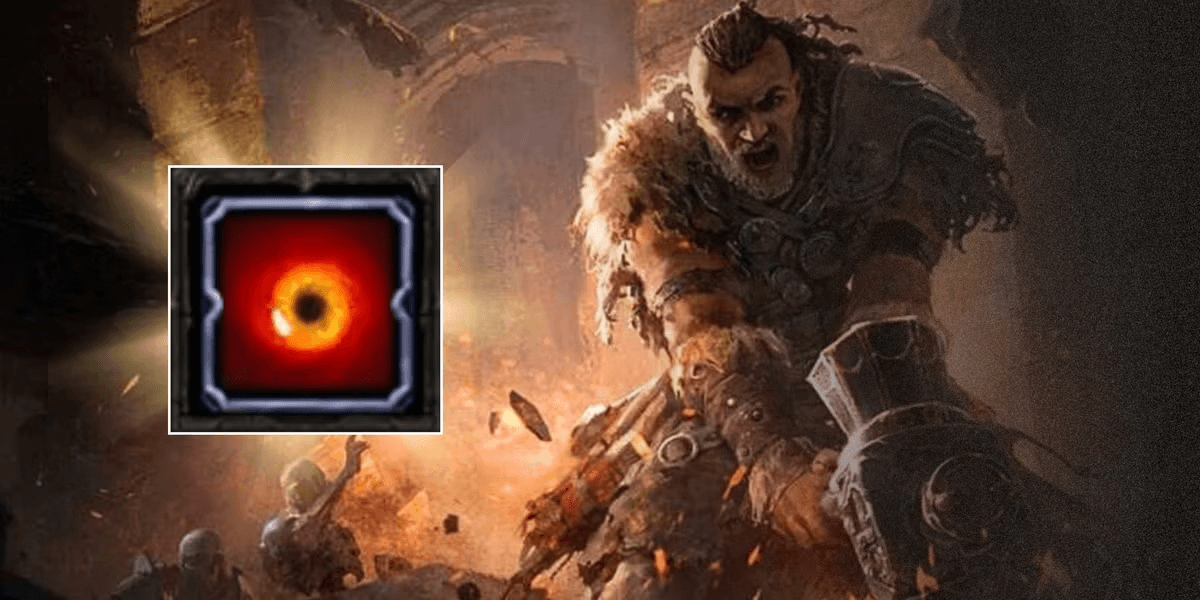- > PoE 2 0.4 The Last Of The Druids Release Date and Full Update Guide
- > Path of Exile 2 Patch 0.4.0 Release Date and Endgame Overhaul Guide
- > Best PoE 2 Fubgun Lightning Arrow Build
- > PoE 2 Guide Patch 0.3.1 Endgame Changes
- > PoE 2 Infernalist Ant Spectre Minion Endgame Build Guide
- > Path of Exile 2 0.3 Strongest End Game Builds Tier List
How Do Endurance Charges Work in Path of Exile 2
When I first jumped into Path of Exile 2, I figured I had most of the core mechanics down. After all, I’ve sunk thousands of hours into PoE 1—how different could charges really be? Turns out, Endurance Charges in PoE 2 are a whole new beast. They’re no longer just passive tank stats you forget about—they’re a full-on resource system that rewards timing and build planning.
So if you’re like me—diving into the sequel and wondering why your old charge-based build doesn’t quite hit the same—this is the guide I wish I had when I started experimenting with Endurance Charges in PoE 2.
What Even Are Endurance Charges Now?
In PoE 1, Endurance Charges were a no-brainer: get some, enjoy extra armor and resistances, repeat. But PoE 2 flipped the script. Now they’re more like combat fuel—you earn them through specific mechanics and spend them to power up key abilities. It’s a lot more active and intentional.
At their core, Endurance Charges still lean into survivability, but now they’re designed for Warriors and physical-heavy builds to convert defense into offense. If you like tanking hits and then smashing everything in retaliation (which I absolutely do), then this is your kind of resource.
How I Started Gaining Endurance Charges in PoE 2
I first noticed how different the system was when I equipped Magma Barrier. I thought, “Cool, a defensive skill.” But when I blocked an attack and saw a geyser of molten rock burst out—with an Endurance Charge stacking on me—I knew I was in for something spicy.
My Go-To Skills for Charge Generation
-
Magma Barrier – This skill quickly became a staple for my shield-based Warrior. Block an attack, spray magma, get a charge. Feels smooth and synergistic.
-
Break Endurance (Support Gem) – I slotted this into a slam setup, and wow. The 40% chance to gain a charge when you break armor? Super reliable in high-density fights.
Notables That Actually Make a Difference
When I was messing around in the passive tree, I stumbled on Grit, and it changed everything. Not only does it give +1 max Endurance Charge, but it occasionally just grants max charges instantly when I take a hit. I’ve had moments where I was on the ropes and—boom—suddenly full charges, ready to retaliate. Lifesaver.
Also, Cranial Impact is a must-have if you’re running a heavy-stun build like I did on my 2H Mace Warrior. It gives you a charge when you land a big stun on rares or bosses—exactly the moments when you need more fuel.
Maxing Out My Endurance Charges
The standard three charges weren’t cutting it once I hit Act 3. So I started looking into ways to push that cap up.
-
Endurance (Notable Passive): +2 to max charges—easy pickup.
-
Guts: Adds life recovery when you consume charges, which fits perfectly into sustain builds.
-
Resonance (Keystone): Here’s where things got wild. I was experimenting and took this keystone on a hybrid spell build—suddenly I was generating Endurance Charges instead of Power Charges. It felt weird at first, but the added survivability let me run riskier setups.
I even hit the jackpot with a belt that had +1 to Max Endurance Charges—super rare, but absolutely worth chasing if you’re going all in.
How I Actually Use Them in Combat
Once I had a reliable charge engine running, it was time to start spending. And this is where PoE 2 really shines—because instead of just buffing my stats passively, now I’m constantly making decisions:
Favorite Charge-Spending Skills
-
Infernal Cry: This one’s brutal. Consumes all charges, gives a big damage boost, and enemies explode. I use it before every boss fight to start strong.
-
Seismic Cry: Love this one with Slam builds. Consumes charges, powers up the next Slam, and knocks enemies back. Bonus: if you heavy stun something, it resets the cooldown. You can chain these if you play smart.
-
Shielding Cry: A hidden gem. It empowers your shield skills and lets them counterattack on block. Perfect for passive defense during hectic fights.
There’s also Rally, a support gem that consumes charges to heal you with each melee hit. When I slotted it into my Leap Slam setup, my survivability skyrocketed during clears.
A Word on Risky Builds
One of the wildest builds I tested used Nebuloch, a unique mace that deals Chaos damage to you per charge but auto-crits when you spend one. It’s high-risk, high-reward. I paired it with heavy Chaos res and a Rally setup just to offset the damage. It felt like dancing on a razor’s edge—but the burst potential? Insane.
Endurance vs Frenzy vs Power: Here’s the Real Talk
In PoE 2, each charge type has a clear identity. Here’s how I look at them:
-
Endurance Charges – For builds that want to outlast and retaliate. Best used with Warriors, tanks, and sustain-based melee.
-
Frenzy Charges – All about momentum: attack speed, movement, tempo. I use these for Huntress or Rogue-style builds.
-
Power Charges – Critical hit territory. Go-to for Spellcasters or Crit Bow builds.
That said, Resonance lets you experiment. I once made a crit-based Amazon that swapped Power Charges for Endurance—just to see if I could sustain better in melee range. It worked better than expected.
Final Thoughts: Should You Build Around Endurance Charges?
Absolutely—if your playstyle matches. If you like standing your ground, shrugging off hits, and punishing enemies for daring to touch you, then Endurance Charges are incredibly satisfying in PoE 2. They give you control over pacing, damage bursts, and survivability all in one mechanic.
But make no mistake: these builds need investment. Whether you’re stacking passives or chasing specific gear mods, you’ll want a good stash of currency. I personally use PVPBank when I need to buy PoE 2 currency fast—it’s a huge time-saver when testing out multiple setups or chasing that perfect charge synergy.
Path of Exile 2 is shaping up to be a theorycrafter’s dream, and Endurance Charges are just one of the many systems that got a meaningful overhaul. So if you’re still clinging to PoE 1 habits—let go. Try something new. Build around your charges, and you might just discover your next favorite setup.

